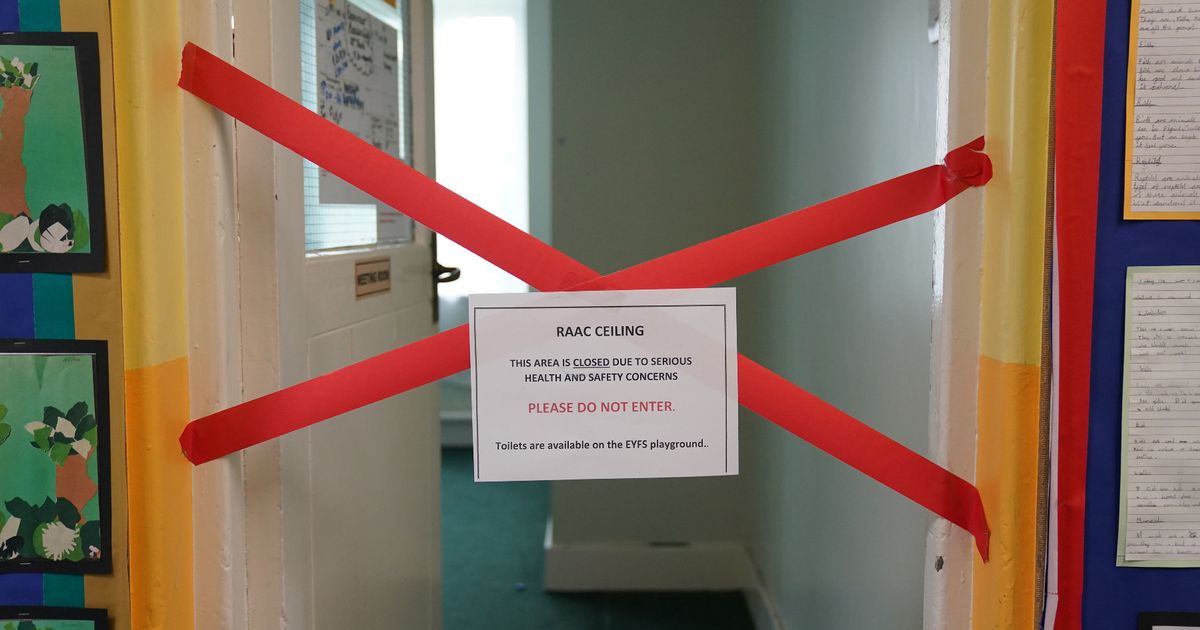It’s unclear what sort of buildings are waiting for inspections
11:27, 06 Jun 2025Updated 11:27, 06 Jun 2025
 A taped off section inside Parks Primary School in Leicester which was affected with RAAC(Image: PA)
A taped off section inside Parks Primary School in Leicester which was affected with RAAC(Image: PA)
More than 200 properties owned by Bristol City Council still need inspecting for crumbly concrete two years after a crisis began.
Two years ago, schools across the country shut their doors after concerns about the structural integrity of reinforced autoclaved aerated concrete, known as RAAC.
RAAC was used to build many public buildings in the UK, including officers, nurseries and leisure centres. The material is less durable than traditional concrete and can collapse if too wet.
Around 1,000 council buildings in Bristol have been surveyed so far, and no RAAC was found.
All council-run schools in Bristol were found to be free of RAAC in 2023. But surveyors still have a long list of buildings left to inspect. It’s unclear what sort of buildings they are, and the council has a vast property portfolio.
An update on the latest problems in the housing department was given to the housing policy committee on Friday, May 30. Liberal Democrat Councillor Caroline Gooch said: “There are 222 properties still awaiting RAAC inspection. When can we expect them to be surveyed?”
The concrete crisis was sparked in summer 2023 when the government feared for the structural integrity of public buildings like schools and hospitals. More than 100 school buildings were forced to close while safety measures were urgently installed, to stop them from collapsing.
Clare Gibb, transformation director of building safety, said: “I’m acutely aware that these inspections are outstanding. We’re procuring appropriate resources at pace. The inspection will be a visual inspection with a double press.
“If that inspection highlights the need for more destructive surveys, obviously we will let the people who live there know. I’m hoping to start the visual inspection mid-summer. At this moment in time, we have to rule it out for all of our stock. If we find some, we’ll have to come back with a plan of what we’re going to do about it.”
The problem with this type of concrete is the air bubbles inside of the material. These can become corroded by water over time, reducing how strong the concrete is. RAAC became popular in the 1950s as cheaper and more lightweight than conventional concrete.
